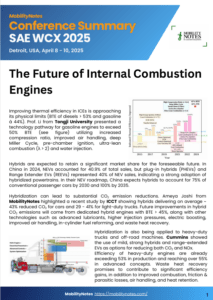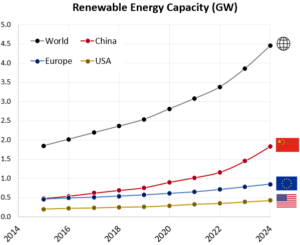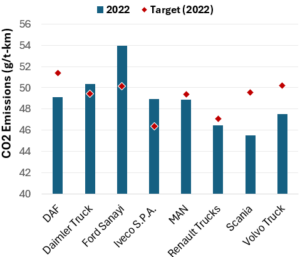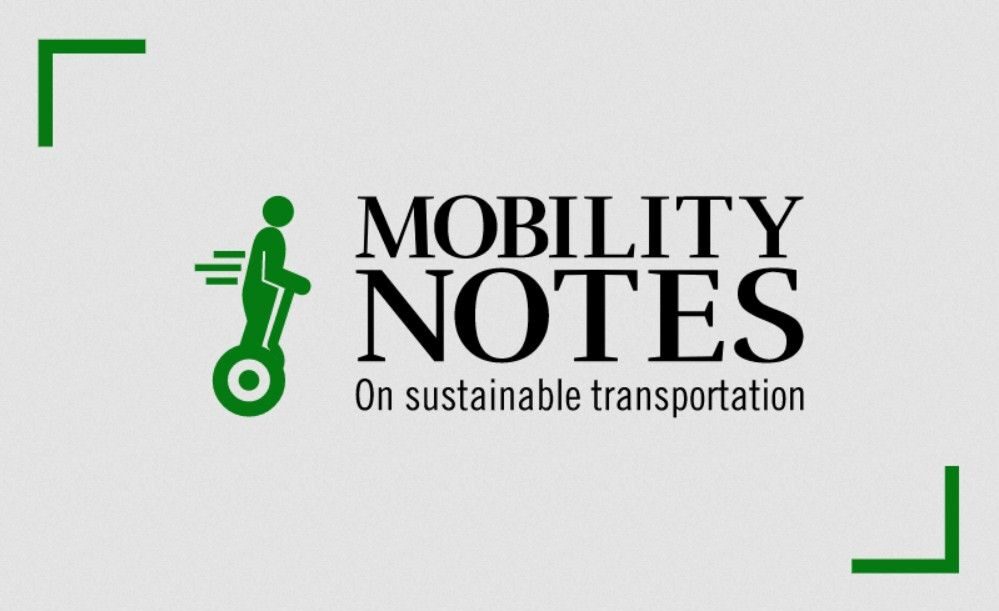Regulations
Real-world CO2 emissions from cars and vans in Europe greatly exceed WLTP values
First analysis of real-world data by the EU Commission highlights gaps between on-road and certification
Context
According to Regulation (EU) 2019/631, the EU Commission is tasked with monitoring the real-world fuel consumption from M1 (cars) and N1 (vans) vehicles, starting 2021.
For the first year, in 2021, real-world fuel consumption data was collected on cars and vans equipped with on-board fuel consumption monitoring devices (‘OBFCM devices’)
Data collected was compared with the laboratory test certification values measured on the WLTP lab certification test cycle.
Summary of the results is discussed here.
Sign up here to receive such summaries and a monthly newsletter highlighting the latest developments in transport decarbonization
5-Min Monthly
Sign-up to receive newsletter via email
Thank you!
You have successfully joined our subscriber list.
Recent Posts

Conference Summary – SAE WCX 2025
![]()
A summary of the “SAE WCX 2025” conference held in Detroit.

IRENA Renewable Energy Capacity Statistics 2025
![]()
According to the latest report from IRENA, 2024 saw the largest increase in renewable capacity, accounting for 92.5% of overall power additions.

CO2 Emissions Performance of Heavy-Duty Vehicles in Europe – 2022 Results
![]()
The European Commission has published the official 2022 CO2 emission results for heavy-duty vehicles. Many OEMs are ahead of the targets and have gained credits, while others have their work cut out as we approach the 2025 target.

